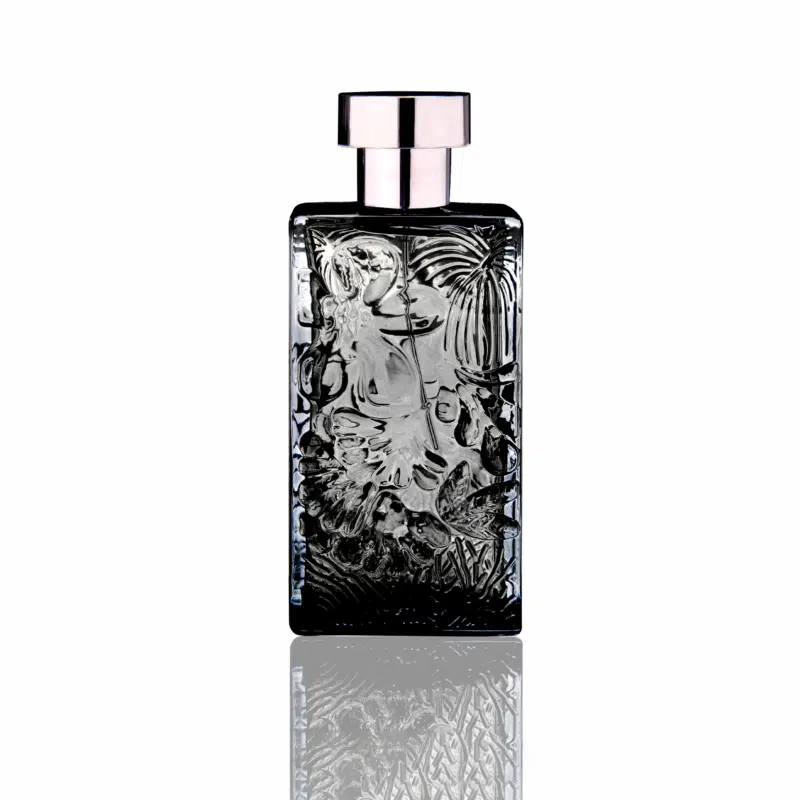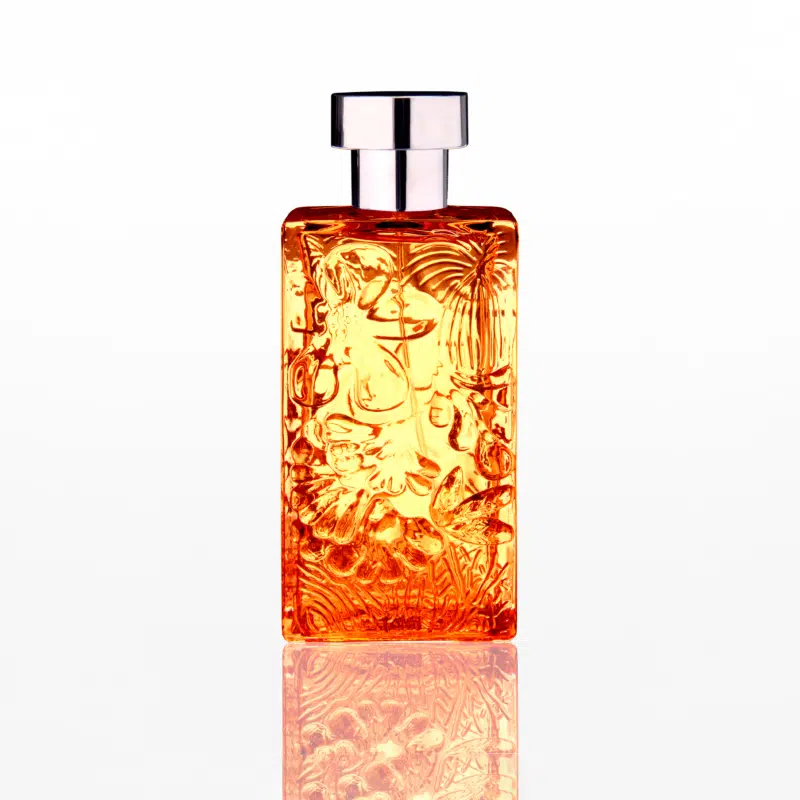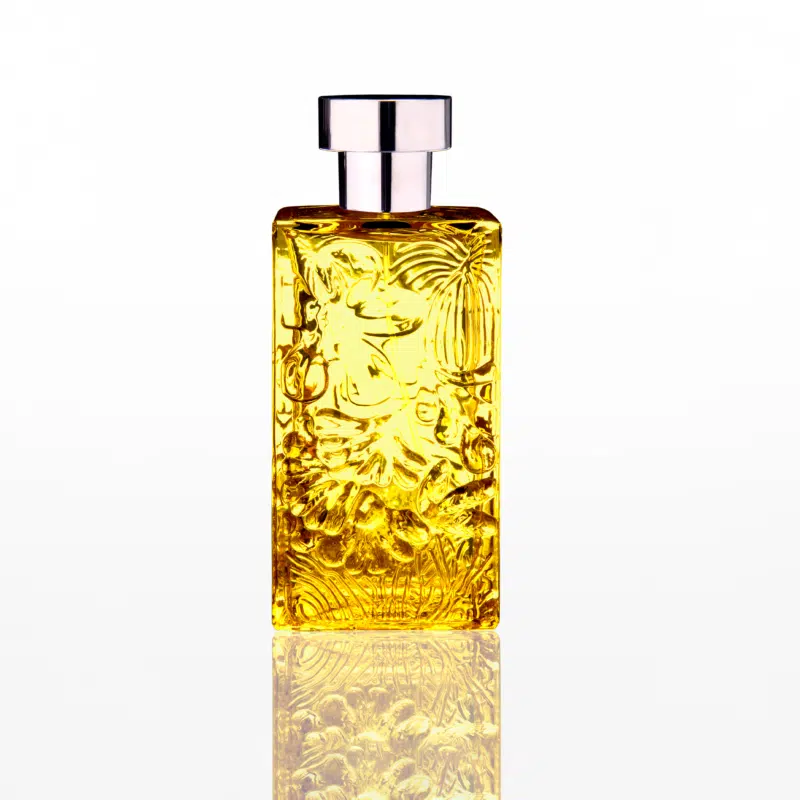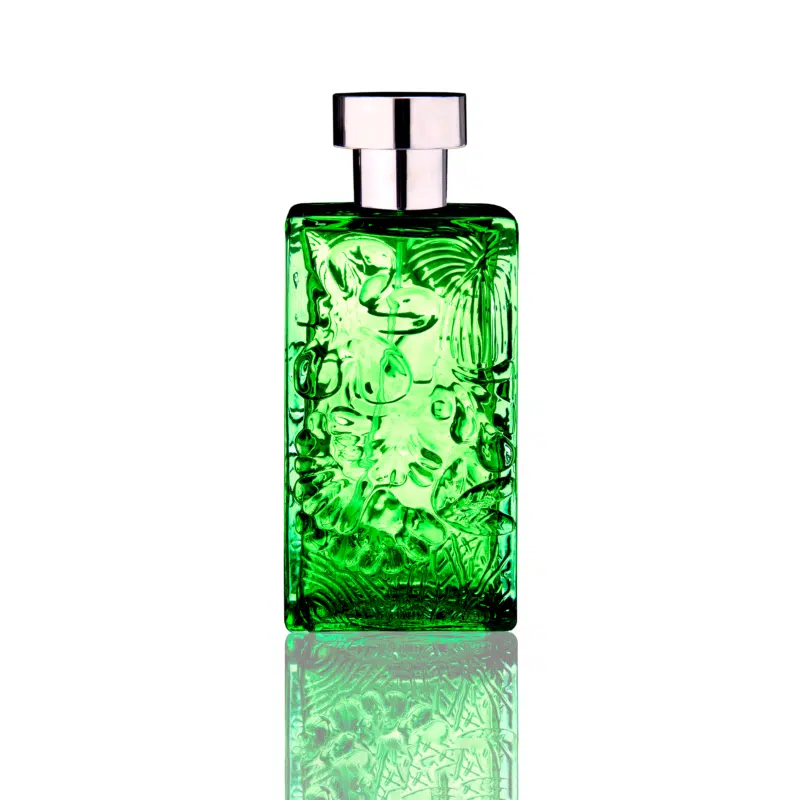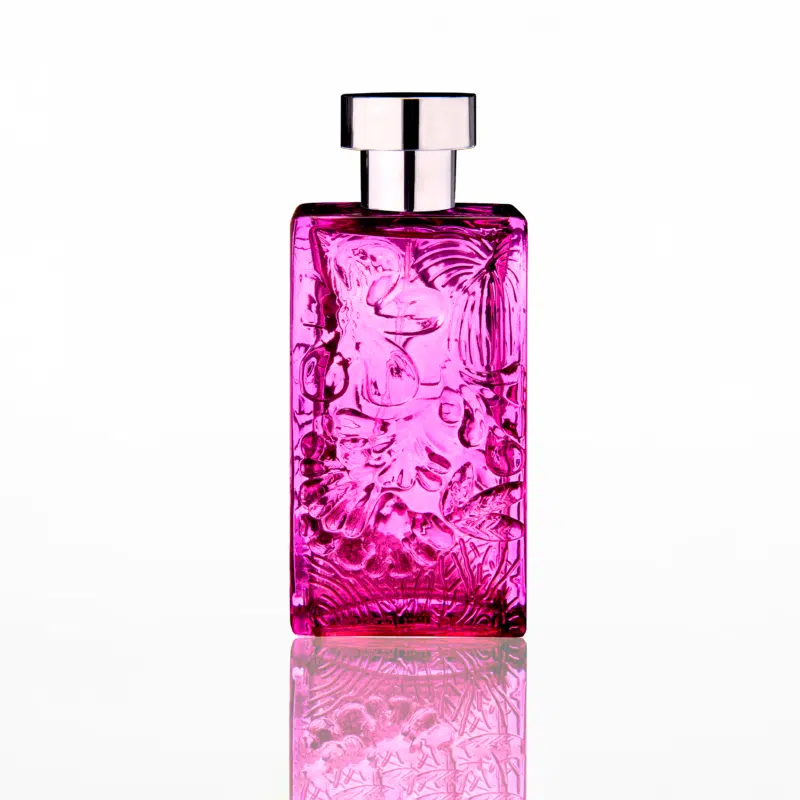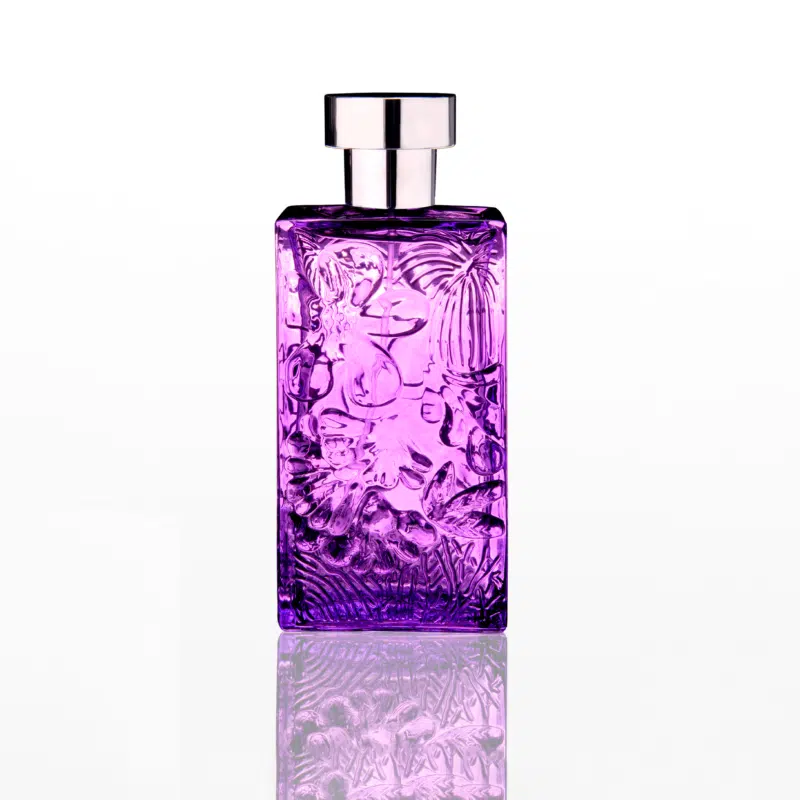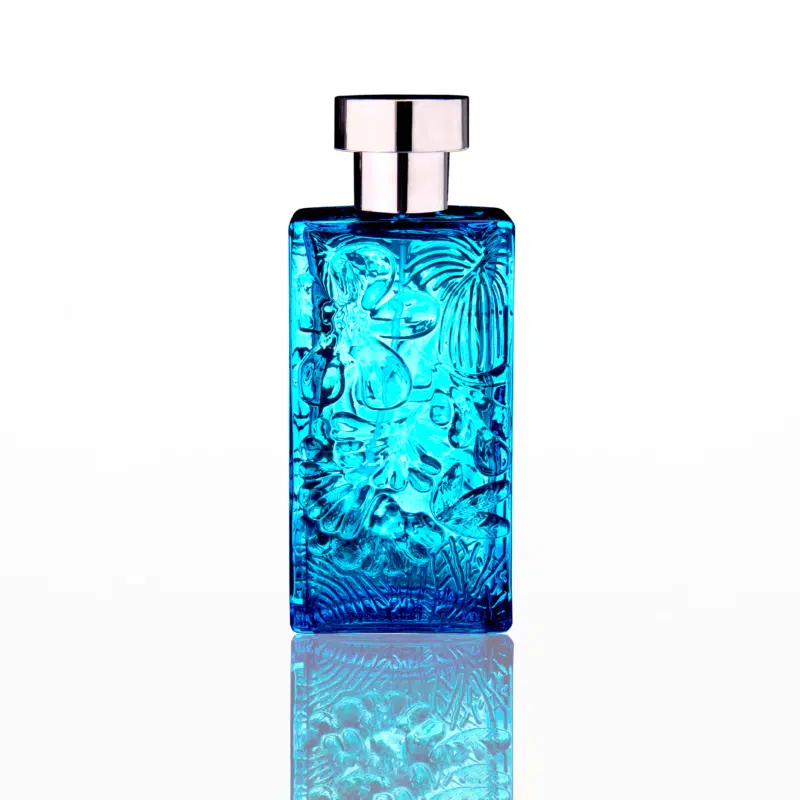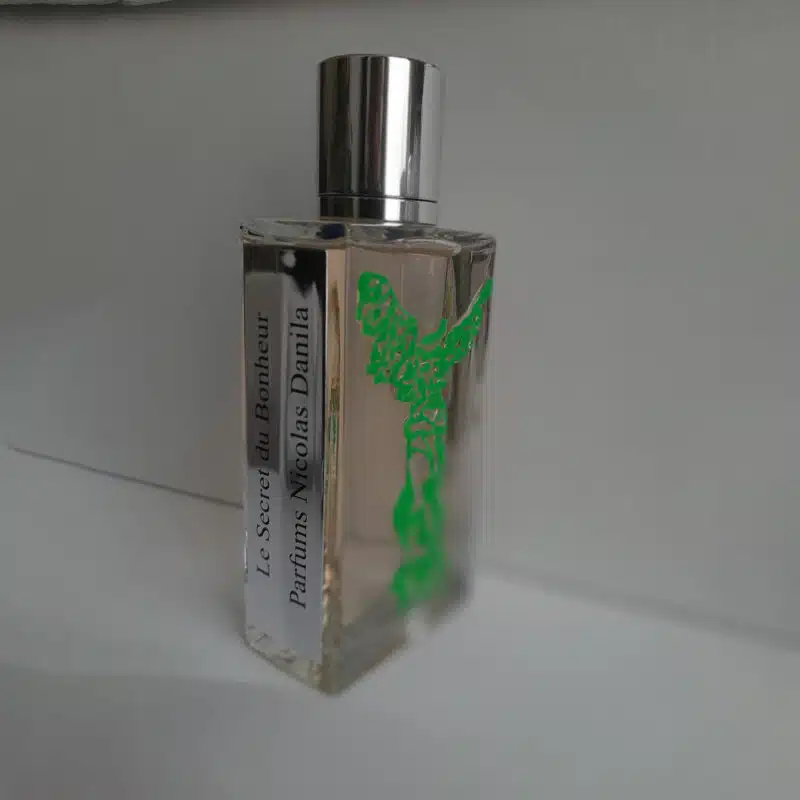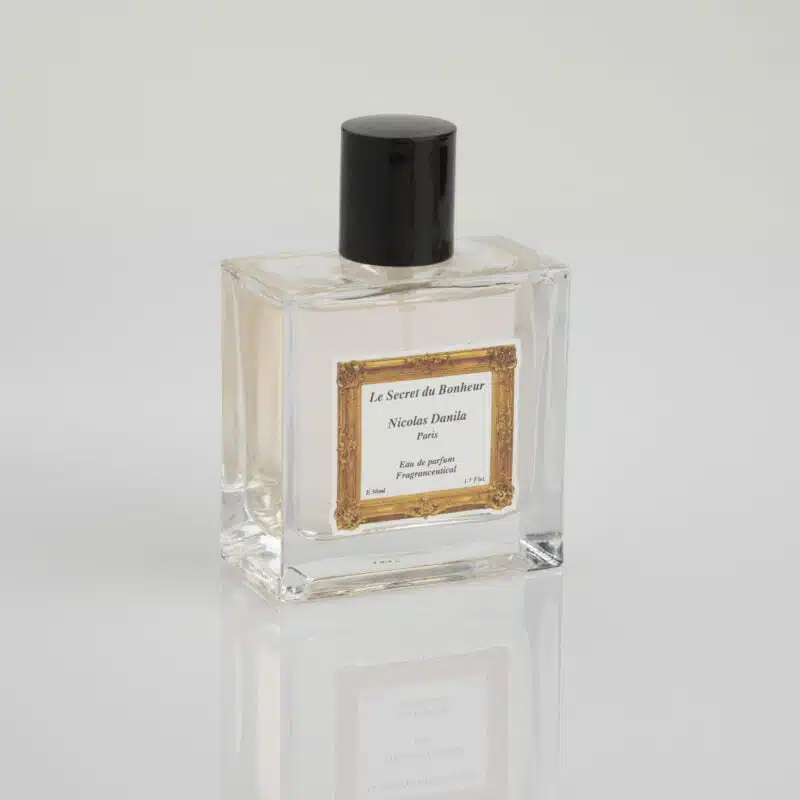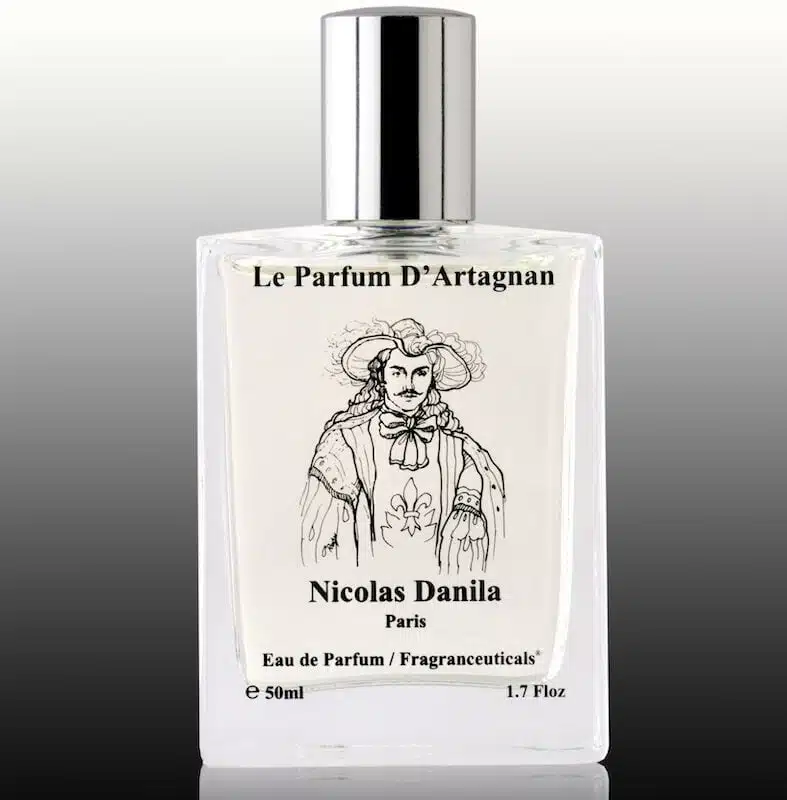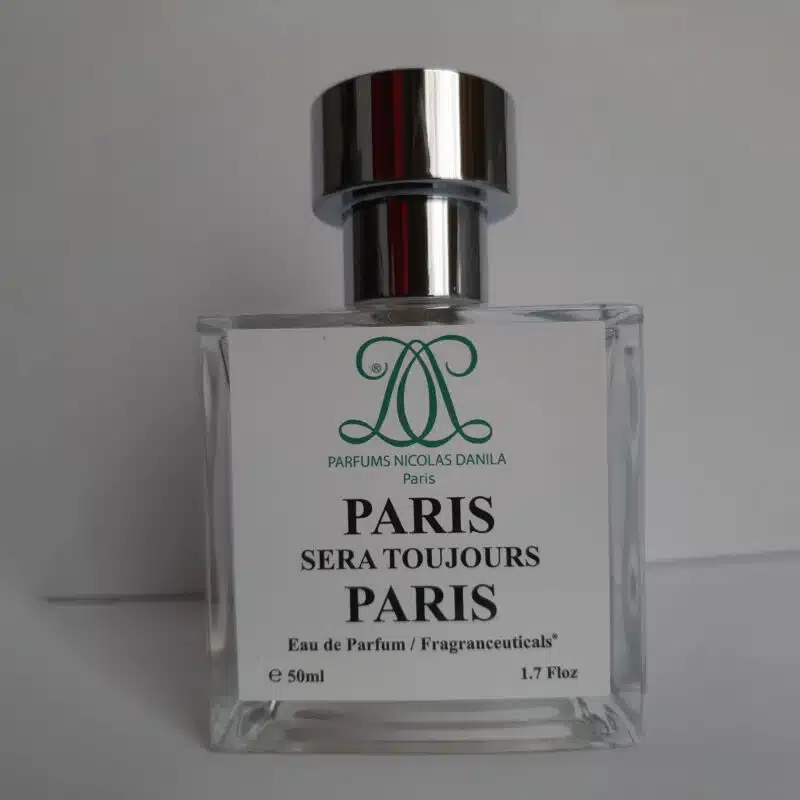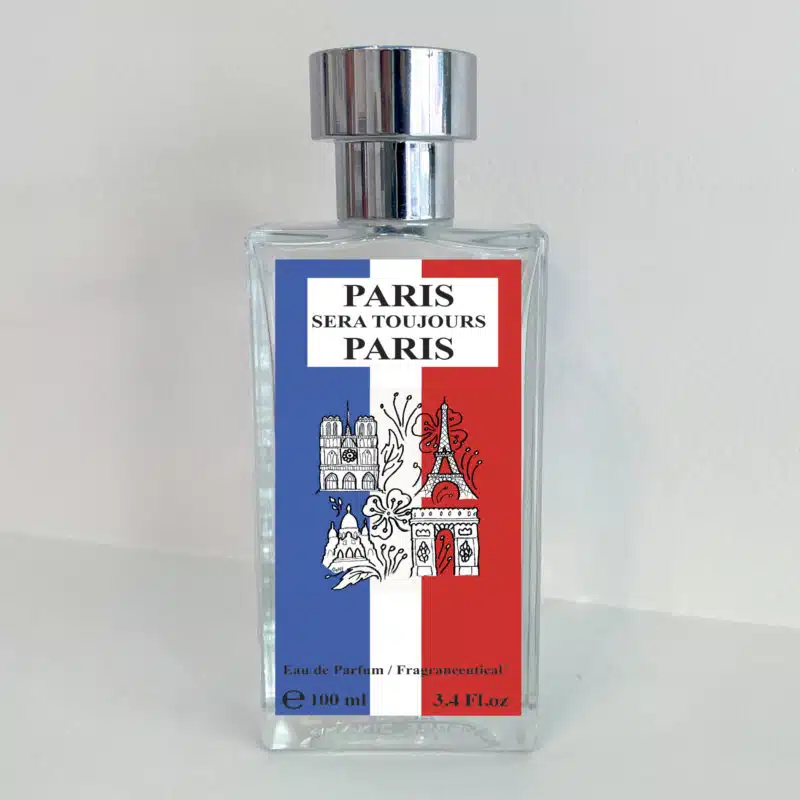Our sensitivity to art means that the artistic approach is inseparable from this work. The design of the perfume is just as important as its packaging, which is why intellectual formulation is essential.
The perfumes we create all have evocative names that appeal to the imagination. Through these creations we try to convey not only dreams, but also well-being. We use only rare and original ingredients to create these unique fragrances.
-
Aboriginal Gardens
330,00 € TTC
100ml -
Amazonian Gardens
330,00 € TTC
100ml -
Amerindian Gardens
330,00 € TTC
100ml -
Arabian Gardens
330,00 € TTC
100ml -
Asian Gardens
330,00 € TTC
100ml -
European Gardens
330,00 € TTC
100ml -
Polynesian Gardens
330,00 € TTC
100ml
-
The Secret of Happiness
330,00 € TTC
100ml -
The Secret of Happiness
175,00 € TTC
50ml
-
D’Artagnan Perfume
130,00 € TTC
50ml
-
Paris will always be Paris
150,00 € TTC
50ml -
Paris Will Always Be Paris
330,00 € TTC
100ml
History and creation
If we look at the evolution of perfumery since its very distant origins, we can distinguish a few major stages.
First, there were religious perfumes, such as the Kyphi, the sacred perfumes of Egypt, or the Sacred Perfumes of King David. The perfumes of the Three Wise Men should also be mentioned in this context. These last fragrances are an original creation currently in our house, through the three candles of Gaspard, Melchior and Balthasar which can already be discovered in our boutique.
Then there were health fragrances, and the two most important are those proposed by Avicenna (the same man who invented the alembic to distil fragrant natural substances) and ‘The Gardens of Health’ by Hildegarde de Bingen.
For centuries, people were content to distil or extract the fragrant molecules from flowers, leaves, fruit, trees and roots using wax. So only natural ingredients were used.
Finally, in the nineteenth century, chemistry developed enormously and with the discovery of new molecules, some of these synthetic molecules were proposed as ingredients for perfumes. A good example is Guerlain's Jicky perfume, created in 1889 following a disappointment in love, and considered an abstract perfume because it used two synthetic molecules, coumarin and vanillin.
And throughout the twentieth century, we continued to mix two types of molecule, natural and synthetic. With an ever-increasing percentage of synthetic molecules (less expensive). In the last decades of the twentieth century, the result was formulas containing a symbolic percentage of natural products.
And it was only in the twenty-first century, in 2005 to be exact, that a new stage was reached. Perfumes were created that were somewhat reminiscent of the health perfumes of the Middle Ages, in that they had to be harmless to health, with a much wider range of molecules, yet with no allergens to declare.
Additional criteria were added, such as a high concentration of natural molecules, no colourants, no chemical stabilisers, respect for the environment, promoting fair trade and aiming for carbon neutrality.
They were called fragranceuticals®, the name was registered, and we are proud to be at the origin of this new class of fragrances which characterises this fifth stage.

